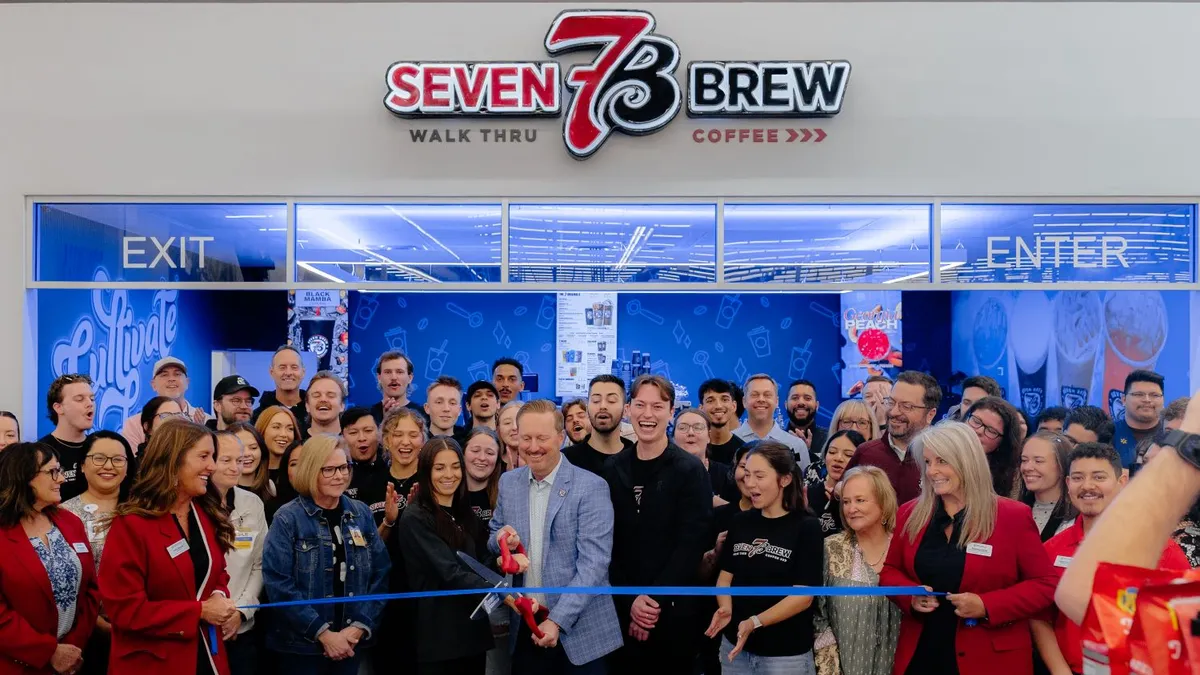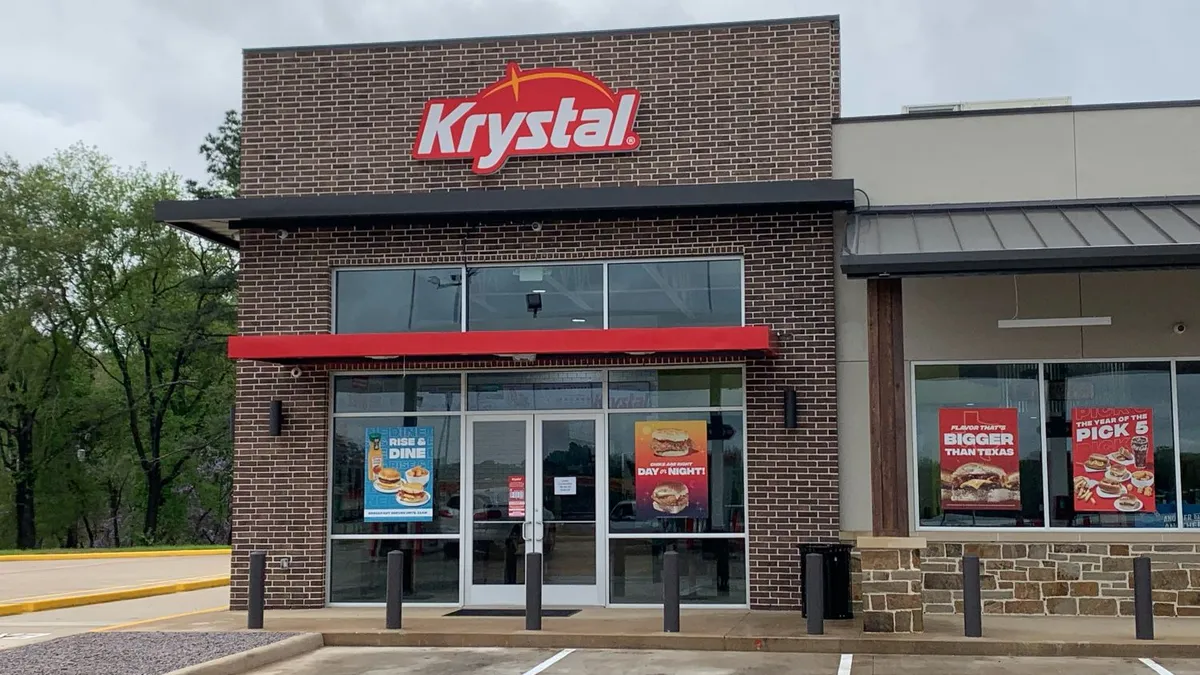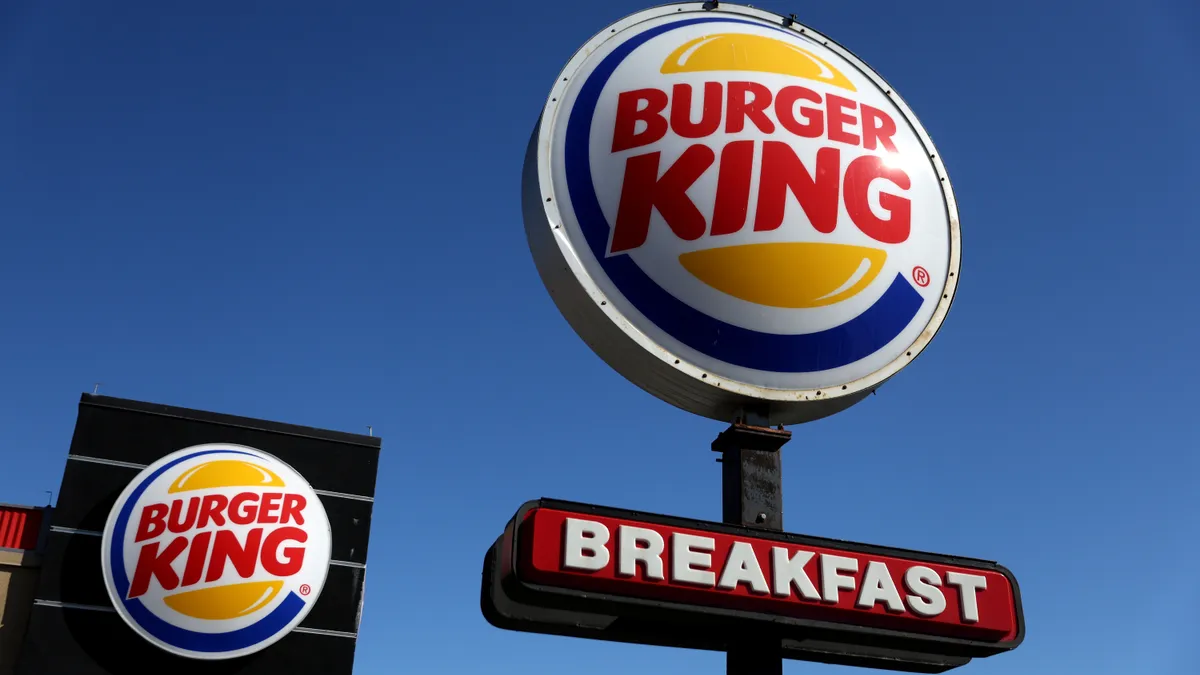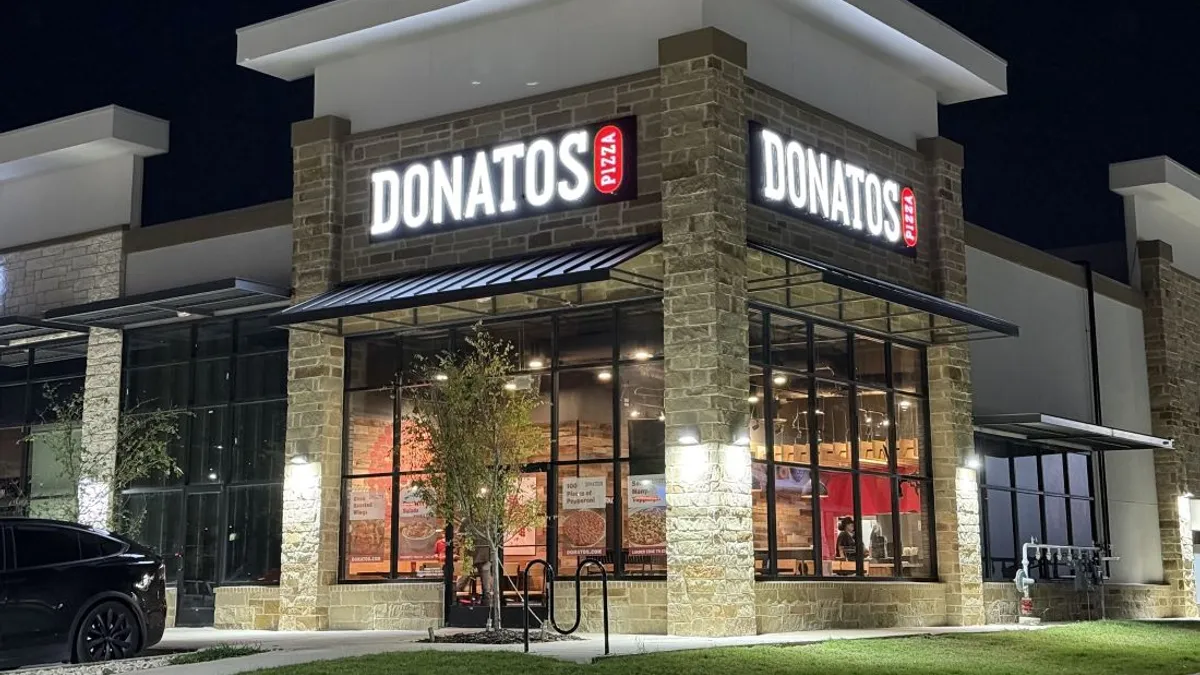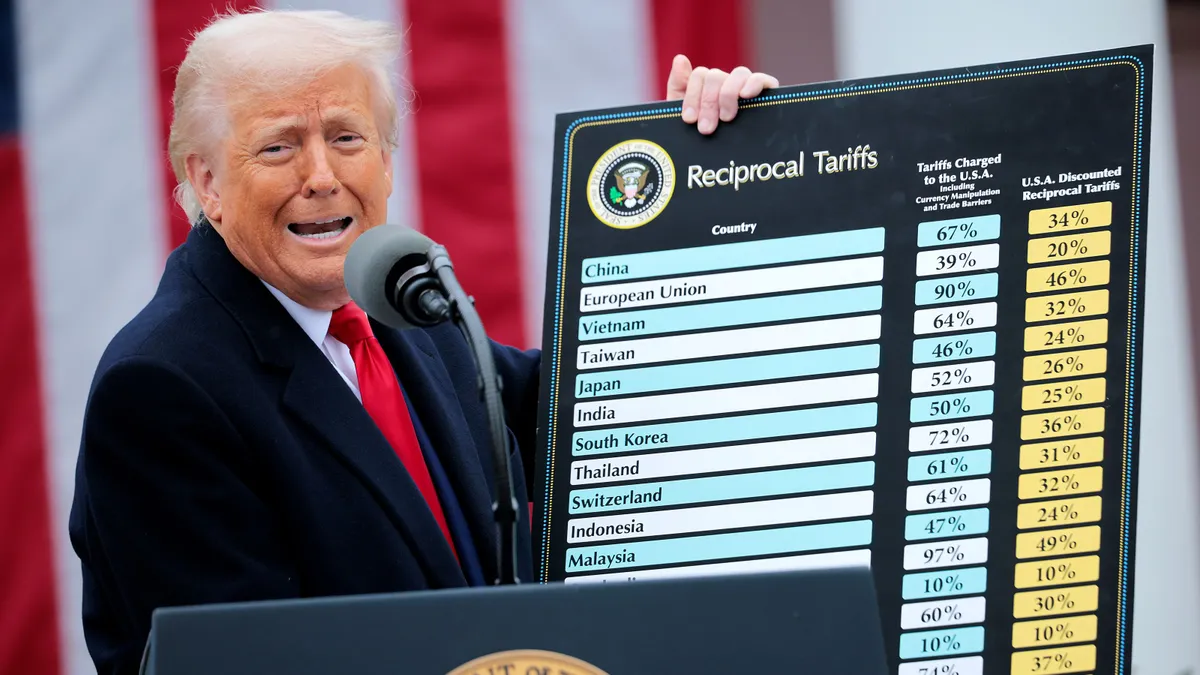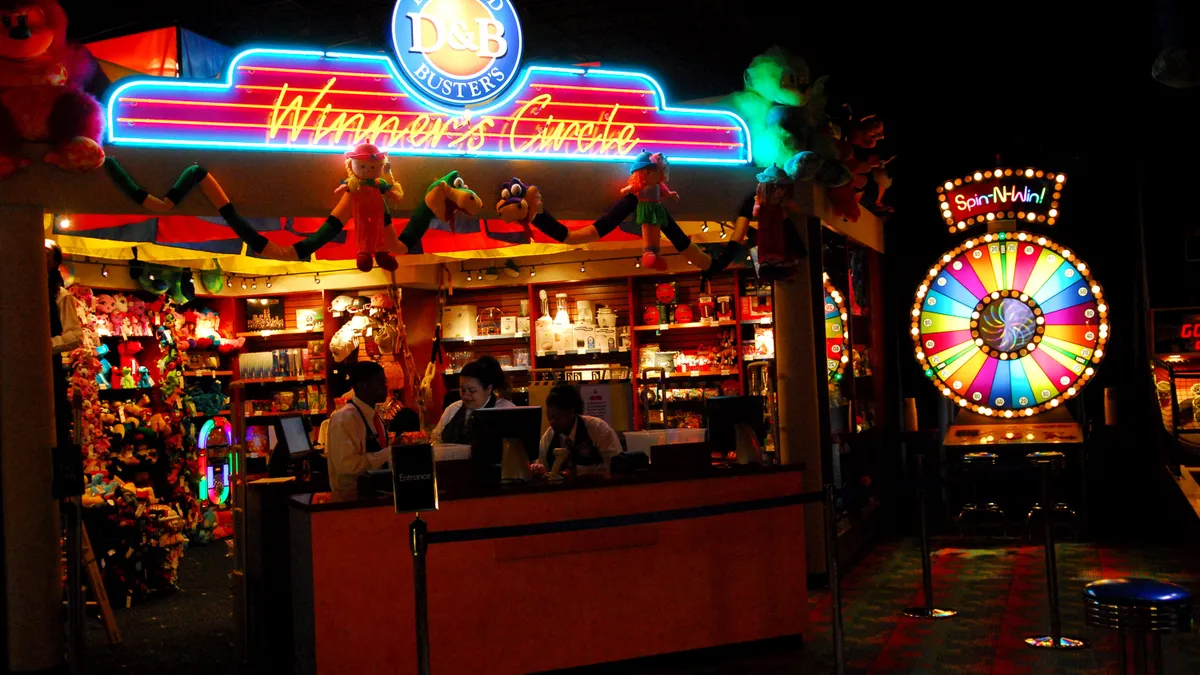Prask Sutton is the CEO of in-venue mobile order and pay platform Wi5
McDonald’s recent acquisition of decisioning engine Dynamic Yield for $300 million is a clear indication of the vital importance of personalization in both fast food and the wider QSR sector. No doubt, the addition of this functionality to McDonald’s stack will revolutionize their customer-facing offering and propel them even further ahead of the competition.
To understand where the value lies for McDonald’s, one must remember that fast food restaurants operate a set menu, often sizeable with a huge amount of choice, which they market en masse to their entire audience. Traditionally, everyone coming in the door or cruising through the drive-thru is presented with the same scenario, because it isn’t practical to present them with a bespoke offering tailored to their individual needs and desires at that point in time and space based on a variety of select criteria.
Unfortunately, this means that each individual customer is treated like the million before and after. That’s admirable if our metric is equality, but pretty poor if the goal is to offer people what they want, when they want it; or, flipping that, what the restaurant wants to offer that individual, when it wants to offer it.
The overarching goal of personalization is to readdress this and in doing so, remove the illusion of choice (where it exists) and decision fatigue, all the while retaining restaurants’ ability to position and upsell items in the most efficient manner.
Competition between key fast food players has in fact become a battleground for providing the best customer experience. Although industry insiders have written much of late on McDonald’s desire to augment its drive-thru experience with such acquisitions as Dynamic Yield, one questions whether this is where customer and brand experiences can be best affected. Yes, this is a crucial facet of a fast food business, but it’s the in-store experience where personalization stands to make the biggest incremental improvement to such restaurants’ bottom lines. And nowhere is personalization more needed than when it comes to displaying menu items on the comparatively small screens of mobile devices; a channel already being pioneered by McDonald’s Global Mobile App and Mobile Order and Pay initiatives.
That which can be intelligently laid out across sizeable restaurant menu boards, digital or otherwise, becomes challenging when that visual real estate shrinks to the 5-6 inches representative of the vast majority of smartphones in circulation in the U.S. in 2019. When it comes to mobile order and pay, no amount of categorization or scrolling, irrespective of how clever the user interface, can take the sheer quantity of information these menus contain and present it in an easily digestible way. The issue here is merchants’ default strategy of showing entire menus. This is arguably, from the perspective of personalization, an ill-fated approach.
Whether we’re talking fast food or quick-service restaurants, the clue is in the name — both speed and time are of the essence. The increase in speed and reduction in time when it comes to ordering and paying for your meal is often primarily down to the swiftness of the selection process. Is trawling through a menu for that Filet-o-Fish® when it’s the item you always order a worthwhile pursuit? If that 5 inch diagonal of screen could present you with that fish-in-a-bun at the start of the ordering journey, alongside an upsell of additional menu items, wouldn’t the experience be faster? If on a hot, sunny day you’re initially presented with a frozen dessert or cold drink, wouldn’t that contextually relevant recommendation resonate?
Of course, should your cravings be for something else, you could always elect to ignore the options proffered and choose to navigate the traditional menu, but the potential for greater efficiency and higher throughput is obvious.
McDonald’s has made it clear that although they’ll be incorporating Dynamic Yield’s tech into their own, Dynamic Yield will continue to service both new and existing clients. However, without any direct competitors to McDonald’s on its roster, it’ll be interesting to see if any can be acquired by the firm moving forwards. It’s unlikely, for example, that Starbucks is going to take up the opportunity to lay open its data to a rival-owned technology. In Starbucks’ case, why would it, when it’s recently invested $100 million in Valor Siren Ventures’ new fund to grow companies just like this!
As such, there’s a great opportunity for proponents of personalization to explore partnerships with restaurants, as these new levels of dynamic customer experience become the norm and end users’ appetites for tailored brand interactions soar ever higher.







